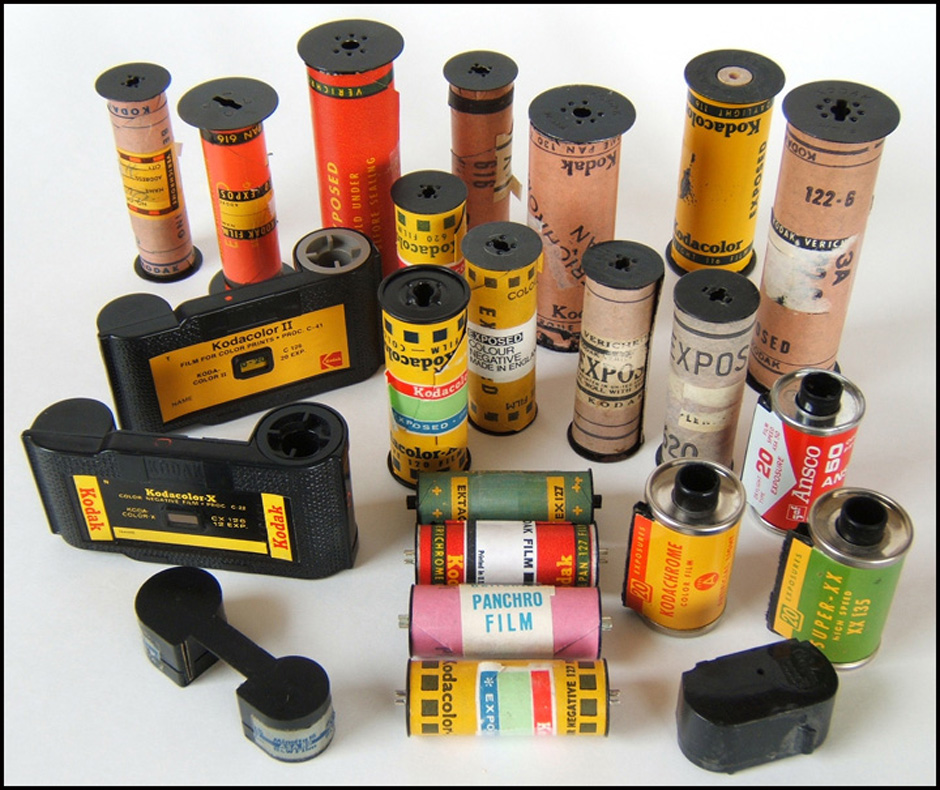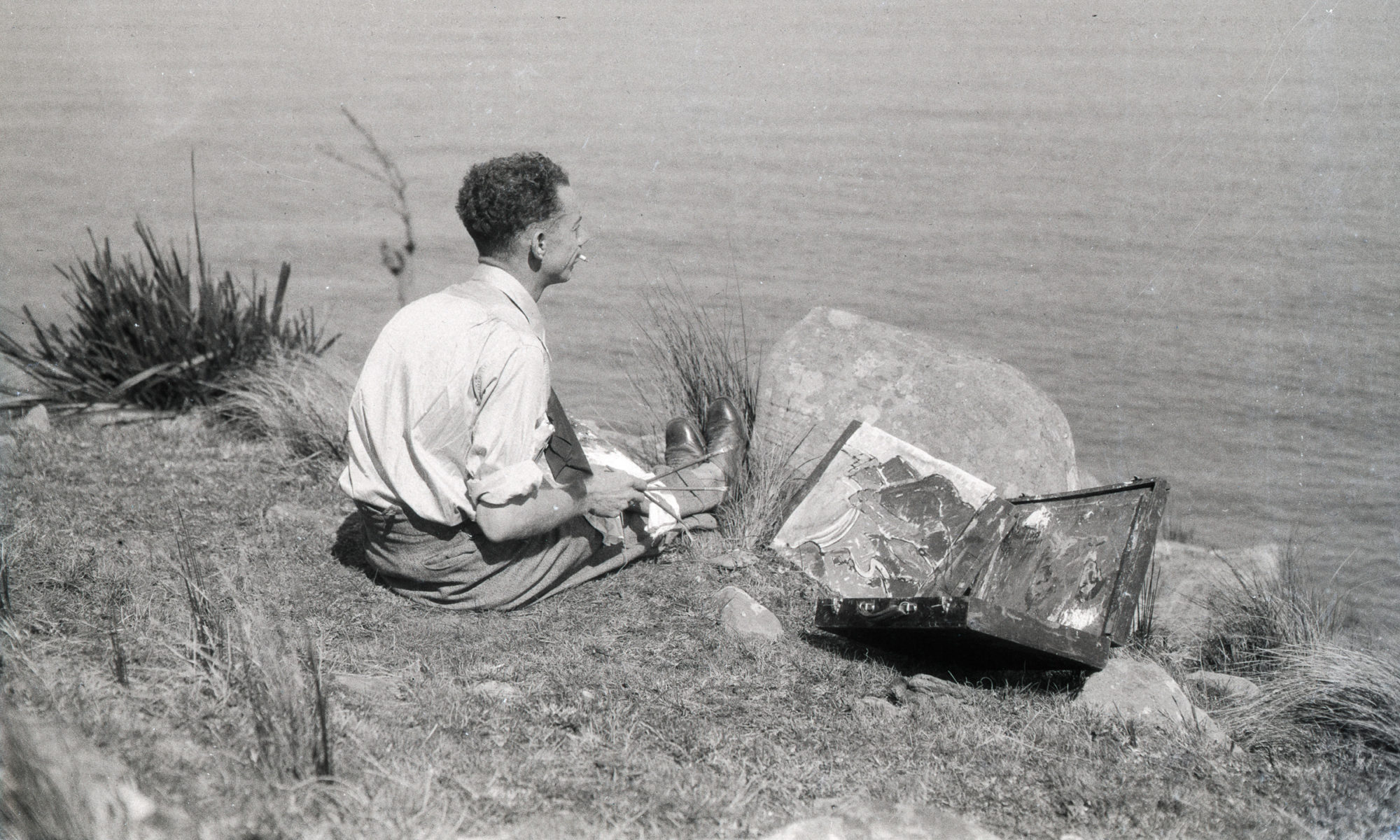For some time now I have undertaken an intensive project to digitise Wep’s archives. Firstly to know what I have and secondly to re-establish the links between various items long since separated, which may reveal further clues to the life story of the artist, William Edwin Pidgeon.
Previously I have scanned numerous photographs and negatives but some had been put aside for another day; their condition being less than desirable. I am now addressing those as well. The problem is that many photographs were used by Wep simply as tools of the trade. He would take numerous photos of sitters for portrait composition, details of hands, poses, etc and they would simply get crumpled up, paint stained or covered in insect dirt and dust. Particularly so in his latter years as his studio had become more and more less weatherproof and the wisteria vine taking over, its tentacles reaching far inside through the many gaps, crevices and window openings.


Whilst progressing through the last remaining box (is it really, I wonder) I came across a small yellow metal canister. I opened it up to reveal a roll of 18 exposure Kodachrome Color Safety Film. This film type was produced from 1936 to 1962. I have previously scanned a roll of colour positive film taken at Northwood around the early 1940s. It is possible that this roll could be from the 40’s or 50’s also. Has it been exposed and never developed? After 60 to 70 years, it is highly unlikely that any decent colour images could be obtained but if the film has been exposed, there might be a slim chance of obtaining some black and white images.
Curiousity is getting the better of me. A quick search online reveals that there is a company in Melbourne that will process old film but recently they stopped doing the colour process. I could only hope for black and white at best. But colour was rare back then and I want to know more.

It turns out that there is a company in Indian Head, Saskatchewan, Canada, called Film Rescue International, who may well be able to release the genie for me. If the film has never been exposed or there are no recognisable images on it, then I will not get charged. Other than my postage, what is there to lose?
So this week I intend to pack up my little roll of vintage Kodak Koachrome film and send it off to the other side of the world in hope of a message in a cannister. The turn around is about eight to ten weeks so I should know around the end of August. And if there are some hidden treasures, stay tuned for them to be revealed right here.

The roll of film was posted Monday May 30th, at 10:36am. Cost $23.72 with tracking (Article ID LK941834216AU). With a padded bag, the total postage was $24.77. So, if there is nothing on the film, that’s all I’ll be down. Advised it would take about 9 business days to arrive so should make Film International Rescue’s next processing cycle cut-off date of June 15.
What an intriguing little tale as part of the story of your much larger project and worthy of an article somewhere, once you know the results of the investigation of this roll of film. Surely this story would be of interest to many people and hope you look at publishing it in the future, perhaps locally or in a photography related magazine/website.
In itself the existence of this roll is in such sharp contrast to how digital photography has steamrolled over the well established world wide use of film. Only yesterday I read where in 1998 Kodak had 170,000 employees and sold 85% of all photo paper worldwide, yet within a few years the business model disappeared and they were bankrupt, primarily due to uptake of digital photography.
I look forward to hearing the results of the journey of that lone roll of film !
Quite so Jim. Kodak was the dominant force but not only that, it was the dominant product for quality and durability. Whilst researching about this roll of film, it soon became very clear from the film history buffs that Kodachrome was a force to be reckoned with. I just look at my old Kodachrome II films and the depth of colour and presence of colour range is quite amazing. Digital is clean but does not have the same spectrum range that film does. Also, most cameras produce jpeg images and not raw data and in processing the image into a jpg format the camera software tends to articially sharpen the image giving it a harsher look to film. At least with raw image data one has a choice on how to process it.
Your parcel information
Summary: In transit
Details:
1 – 6/4/2016 4:19:00 PM In transit VANCOUVER (CA) Arrived at facility in destination country
2 – 5/31/2016 2:52:55 AM Despatched MELBOURNE VIC Processed through facility
3 – 5/30/2016 12:35:48 AM In transit Eltham, VIC Accepted by Australia Post
18 June 2016
Film Rescue International confirmed they have received the film and it has entered into the 16D cycle. Expect an email in about 6 weeks time, to advise if they were successful in retrieving images from this film and costs. They will then send a second email with a link to a dedicated gallery for me to view and download.
Just one note for the order – on the order form I ticked the accelerate to color regardless of results box. Unfortunately this film is Kodachrome and this is the only type of film that they are not able to re-process into color. Kodak made the film so that you needed to add color chemicals at the time of processing and have since stopped producing the required chemical, so if they are successful in retrieving images from the film, they will be in black and white only. Bit of a disappointment but in reality I’ll be lucky if there is anything at all let alone any sensible colours as the film is very old. My estimate now is 1940, so 76 years old.
Advice from Film Rescue International received today, 12 July 2016
Unfortunately the result was negative – but nothing ventured, nothing gained – and I would have always been wondering.
“Hello Peter.
Unfortunately, there were no images salvaged from your film. This is
due to one of the following:
1. fogging (age-related deterioration, poor storage conditions,
improper handling); the negatives have been carefully inspected for
any detectable image.
2. exposure problem (not exposed at all, grossly underexposed); the
negatives have been carefully inspected for any detectable image.
3. nothing discernible (something was detected but, due to fogging
and/or improper exposure, we’re confident the quality is so extremely
poor that the pictures would be completely unrecognizable). Since we
did not scan and present the on-line preview, there is no charge.
Our guarantee is that if we aren’t successful at retrieving any images
from a still film, we do not charge for processing.
Note: If you would like your negatives returned, please contact us
(our usual handling/shipping charges apply). Otherwise, we will
dispose of your negatives.
Thank you and sorry for the disappointing outcome.
Charity”